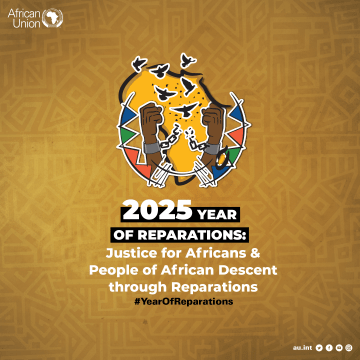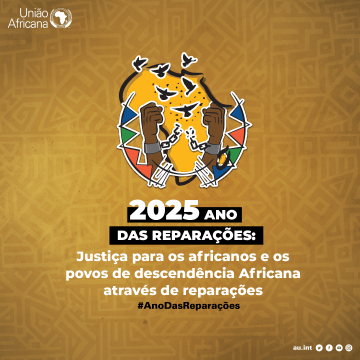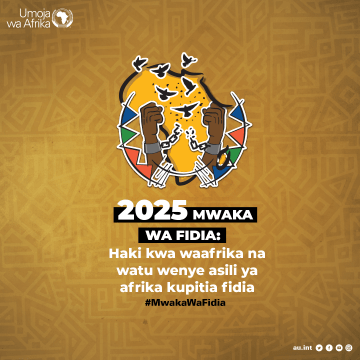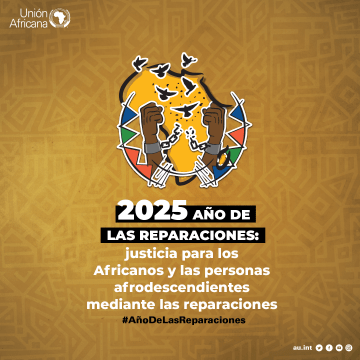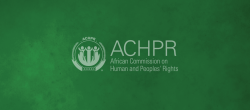A. INTRODUCTION
1. The Committee for the Prevention of Torture in Africa (the Committee or CPTA) is mandated to facilitate the dissemination and implementation of the Guidelines and Measures for the Prohibition and Prevention of Torture, Cruel, Inhuman or Degrading Treatment or Punishment in Africa (the Robben Island Guidelines or RIG). The Robben Island Guidelines elaborate on Article 5 of the African Charter on Human and Peoples’ Rights (the African Charter), which prohibits all forms of exploitation and degradation of human beings, particularly slavery, slave trade, torture, and cruel, inhuman or degrading punishment and treatment.
2. Aspiration 3 of Agenda 2063: The Africa We Want seeks an Africa of “good governance, democratic values, gender equality, respect for human rights, justice and the rule of law”1. This Aspiration underpins the pursuit of “capable institutions and transformative leadership,” and “independent courts and judiciary”2. Institutions in Africa will be “at the service of its people”, and all levels of governmental institutions will be “developmental, democratic, and accountable”3.
3. Acts of torture and other forms of cruel, inhuman, or degrading treatment or punishment (other ill-treatment) are committed by state institutions, including law enforcement, security, and correctional services officials, in every region of the world, including in Africa.
4. Any device or weapon can be misused to inflict torture or other ill-treatment. Nonetheless, reports from the United Nations (UN), as well as regional and national monitoring bodies, have highlighted the (mis)use of specialist law enforcement equipment (‘tools of torture’) for torture or other ill-treatment. Tools of torture comprise two classes of equipment: inherently abusive equipment that should never be used by law enforcement, and other law enforcement equipment that may have a legitimate purpose when used in strict accordance with international human rights and police standards. The latter, while not inherently abusive, may be used for torture and other ill-treatment, whereas the first type of equipment has no legitimate law enforcement role.


